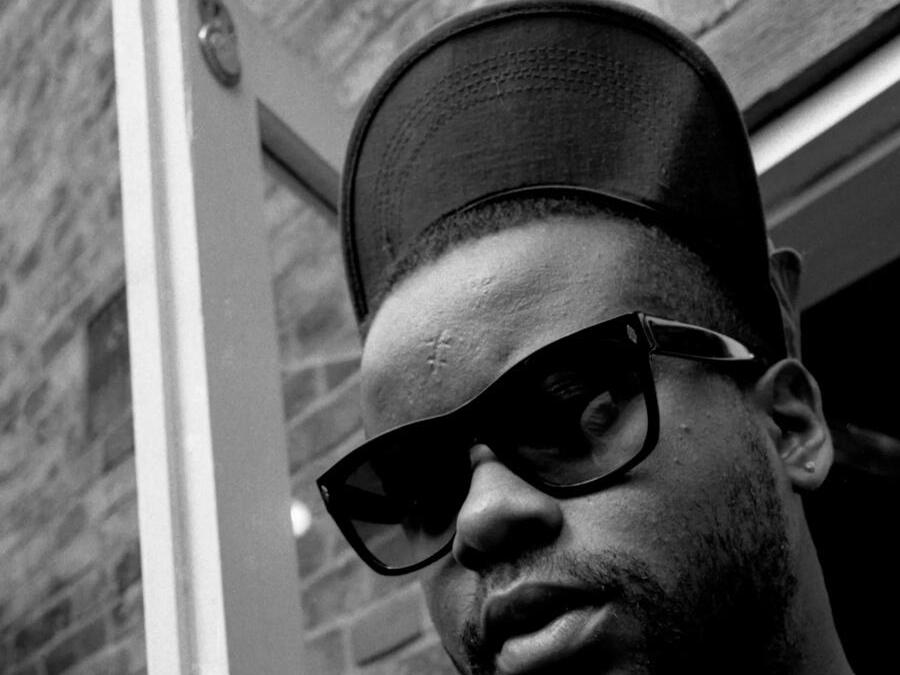Physical Address
304 North Cardinal St.
Dorchester Center, MA 02124
Physical Address
304 North Cardinal St.
Dorchester Center, MA 02124

Once, I was sitting in the apartment of WestBam, Germany’s iconic techno DJ, at Berlin Alexanderplatz, when Juan Atkins’ name came up. Without him, we all would be nothing—that’s how WestBam described him. I was surprised to learn that the two had never met. By coincidence, Atkins was in town that night. We spontaneously invited him over, and 20 minutes later, he joined us for dinner. WestBam treated Atkins with extreme respect.
I first met Juan Atkins in Berlin at a party more than a decade ago. The architect of techno music turned out to be a very easygoing, warmhearted, funny person. Our backgrounds and careers couldn’t be more different. He, the DJ, the son of a drug dealer in Detroit. Me, a journalist and media CEO, born into a sheltered middle-class German family. Despite the differences, we both started out as bass guitarists, shared the same taste in music, and both wanted to become pop stars when we were kids. But only Atkins succeeded.
Over the years, Atkins and I had many conversations about the origins and the development of techno. The more I learned, the more I realized that Atkins’ role is known to some insiders but not enough to the wider public. So one day, I asked Atkins if we could sit together and talk about his upbringing and his contribution to what I call “the birth of techno,” after Miles Davis’ 1957 album “Birth of the Cool.” Atkins obliged.
On a sunny yet cold day in January, I drove to Detroit’s Green Acres neighborhood, which looks surprisingly boring. Single townhouses on small lots. Most built in the very early 20th century, red brick buildings, cozy family homes. Atkins’ house is on a corner, right down the street from where Aretha Franklin used to live.
His wife opened the door with a smile and told me Atkins was getting ready; they had a late night yesterday. I asked if I should take a short walk around. She replied, “No, that’s too dangerous. There are many shootings here. Yesterday, they killed a man just across the street. Come in!”
A few minutes later, Atkins showed up, wearing gray joggers, and asked me to join him in his small office. He sat down at his desk, straight-backed, like the boss. Behind him was framed sheet music of “Amazing Grace.” We opened two bottles of Heineken and began the journey into music history.
I would like to start with your first memory of sound. Atkins responded with a story from when he was in his mother’s womb. His mom told him that he moved in a certain way in her stomach when she played certain songs—and only those songs. She mostly listened to Motown. The first songs he could recall were mainly Motown hits like “Cool Jerk,” Aretha Franklin’s “Respect,” The Doors’ “Light My Fire,” and Jimi Hendrix’s “Foxy Lady.”
Atkins then shared his childhood memories, saying he was always more into rhythm. His mom told him he used to bat back and forth on the couch. He was tiny—couldn’t even walk at the time—but he was moving to the rhythm.
Continuing, Atkins spoke about his family, his young parents, and the hardships they faced, including his father’s incarceration for manslaughter. When I asked if his father admitted to the crime, Atkins said his father was taunted by a man who was jealous of his new car. Eventually, his father shot the man in broad daylight. His father is now serving a life sentence for another crime. Atkins emphasized that despite the tumultuous environment, he never doubted the love his family had for him.
Atkins reminisced about his musical influences and his early fascination with instruments, starting with an electric guitar given to him by his father. He mentioned that his father played the alto sax and that his grandmother, who also nurtured his musical talent, owned a Hammond B3 organ.
He shared that his musical journey began with playing bass lines from songs by Sly and the Family Stone and Eddie Kendricks. His biggest musical influence to this day, Atkins revealed, is James Brown. Brown’s transformation of instruments into part of the rhythm section had a profound impact on Atkins, especially in his evolution towards electronic music and techno.
Sharing the story of the creation of his musical career, Atkins recalled how he got his first synthesizer, which opened up a new world for him. This marked the beginning of his journey into creating electronic tracks at home. As a teenager, he played in garage bands and eventually formed Cybotron with Rik Davis while attending college.
Atkins highlighted the influence of Kraftwerk, a pioneering electronic band, and how his sound was parallel to theirs but uniquely his own. He explained the origin of the term “techno,” inspired by his high school Future Studies course and the writings of Alvin Toffler.
When “Alleys of Your Mind” was released in 1981, it marked the moment Atkins began to define his music as techno, a genre born from technological advancement. The term gained traction in Europe, particularly in the UK and later continental Europe, where techno became a renowned musical movement.
Atkins reminisced about his first gig at Tresor in Berlin, noting it was a surreal experience and a pivotal moment in his career. Despite losing his records and having to buy replacements, the set was flawless. He acknowledged that this exposure in Europe validated the global reach and cultural significance of techno.
In reflecting on the evolution of DJing and technology, Atkins welcomed the progress that made the life of a DJ easier and more spontaneous. He spoke about the spontaneity in DJing, the accessibility of thousands of tracks, and the respect he holds for traditional vinyl mixing.
Atkins concluded our conversation with thoughts on the future of techno and its inseparable link to technology. He emphasized that the core of music creation remains human and hinted at the next chapter in his music career with his latest Cybotron single “Maintain.”
Source: Various



